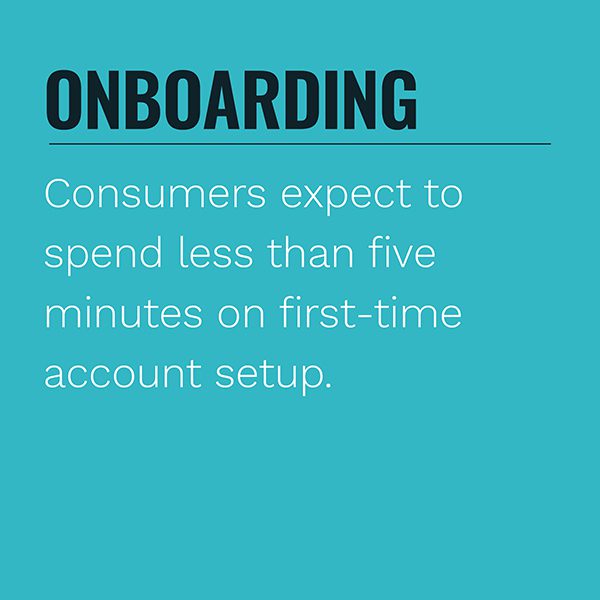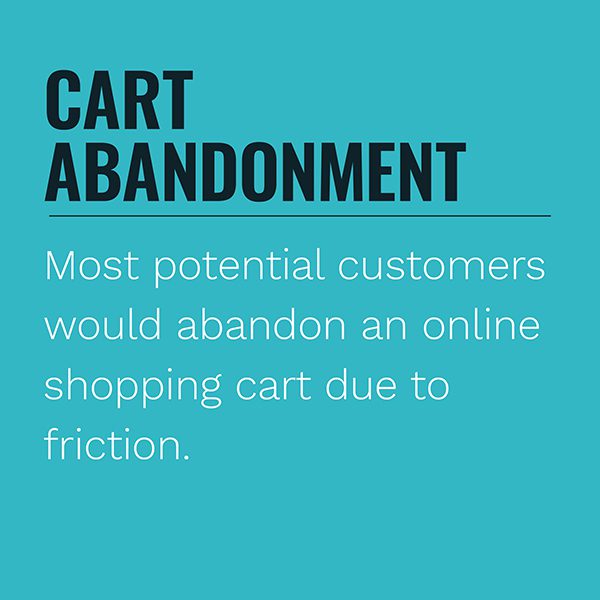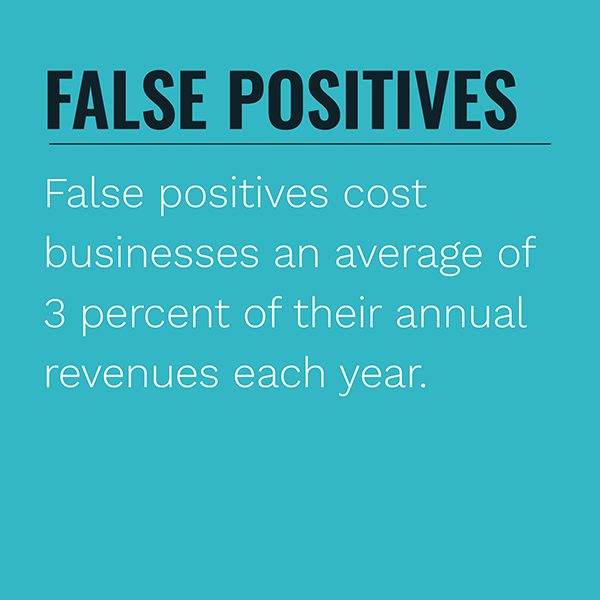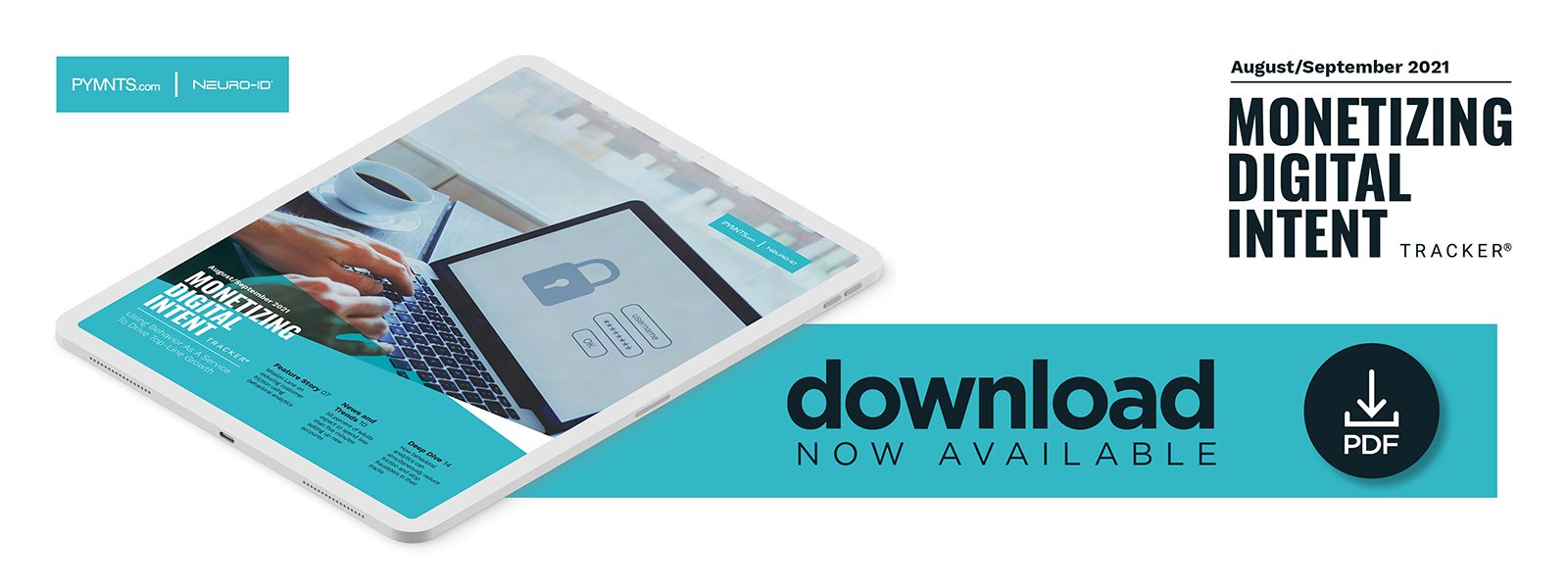Report: Behavioral Analytics Curb Online Friction Without Compromising Security

Onboarding is a critical step in any online process, and it is one that is necessary to ensuring that customers are who they say they are rather than fraudsters in disguise. User authentication processes used to determine this come a variety of types, ranging from simple passwords to more complex operations, such as multifactor authentication (MFA), background checks or advanced biometric procedures.
Some of these systems might be doing more harm than good, however, as they can be o btrusive or overzealous enough to scare away legitimate customers. A 2020 study found that 63% of customers had abandoned a bank application process due to slow and time-consuming onboarding processes, for example. Behavioral analytics is emerging as a strong choice for balancing authentication and friction, however, as it relies on examining information consumers must enter anyway, like names and Social Security numbers, as well as how they enter this information. This likely results in far less friction and less customer abandonment.
btrusive or overzealous enough to scare away legitimate customers. A 2020 study found that 63% of customers had abandoned a bank application process due to slow and time-consuming onboarding processes, for example. Behavioral analytics is emerging as a strong choice for balancing authentication and friction, however, as it relies on examining information consumers must enter anyway, like names and Social Security numbers, as well as how they enter this information. This likely results in far less friction and less customer abandonment.
The August/September Monetizing Digital Intent Tracker®: Using Behavior As A Service To Drive Top-Line Growth explores the latest in the world of behavioral analytics, including the friction dangers of obtrusive fraud prevention, the risks of false positives when weeding out bad actors, and how behavioral analytics works to seamlessly authenticate customers.
Developments From the Behavioral Analytics World
Businesses can potentially lose untold sums from overzealous fraud prevention. A study found that 83% of potential customers would leave a website or abandon an online shopping cart due to complex login processes, in fact, with 49% saying these processes leave them frustrated and 21% saying they are too time-consuming. Some businesses have turned to password-based systems to streamline their logins, but these can create security risks, especially with 85% of customers admitting that they reuse passwords for multiple accounts.
Smooth, seamless onboarding is quickly becoming a top priority for consumers. One survey from technology giant IBM found that 59% of adults expect to spend less than five minutes setting up new accounts. It also revealed that they are willing to compromise their personal cybersecurity for convenience, with 51% saying they would rather place an order using an unsecured app or website than have a more secured checkout experience at an in-person vendor.
Businesses might clai m to have a grasp on customers’ needs, but they may be overestimating their capabilities. A report determined that while 88% of companies agree it is necessary to understand the customer journey, just 31% of organizations say they already have such insight. One key tool to improving this could be behavioral analytics, as customer friction can be instantly identified and shared with user interface designers.
m to have a grasp on customers’ needs, but they may be overestimating their capabilities. A report determined that while 88% of companies agree it is necessary to understand the customer journey, just 31% of organizations say they already have such insight. One key tool to improving this could be behavioral analytics, as customer friction can be instantly identified and shared with user interface designers.
For more on these and other behavioral analytics news items, download this month’s Tracker.
Reducing Fraud and Customer Friction Via Behavioral Analytics
Preventing customer abandonment during onboarding or checkout is crucial for any business, but so too is preventing fraudsters from infiltrating their systems. These objectives are often at odds, but behavioral analytics could enable both without compromise.
In this month’s Feature Story, PYMNTS talks with FinTech Mission Lane’s head of fraud, Gaurishankar Gopalakrishnan, about how behavioral analytics can offer smooth and secure experiences without requiring customers to enter additional information or take extra steps.
Deep Dive: Reducing Customer Friction Through Behavioral Analytics
Digital fraud is an understandably pressing concern for online m erchants, which employ multilayered security systems to ensure their customers are who they say they are. Many of these systems could be doing more harm than good, however, as 86% of customers say they have abandoned a cart due to excessive friction at some point while shopping online.
erchants, which employ multilayered security systems to ensure their customers are who they say they are. Many of these systems could be doing more harm than good, however, as 86% of customers say they have abandoned a cart due to excessive friction at some point while shopping online.
This month’s Deep Dive explores the roadblocks customers face in their online shopping experiences and how behavioral analytics can smooth them over.
About the Tracker
The Monetizing Digital Intent Tracker®: Using Behavior As A Service To Drive Top-Line Growth, a PYMNTS and Neuro-ID collaboration, is the go-to monthly resource for updates on trends and changes in behavioral analytics.

